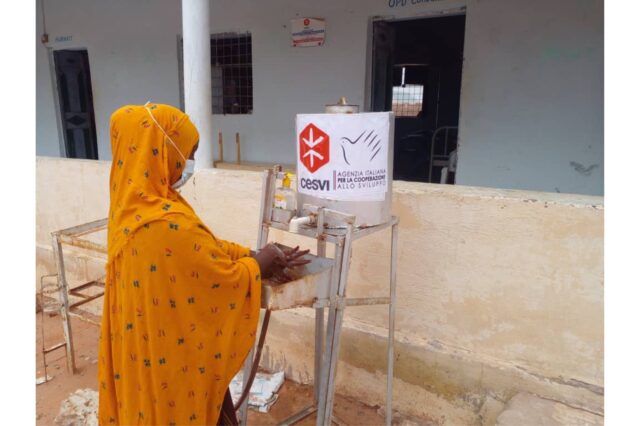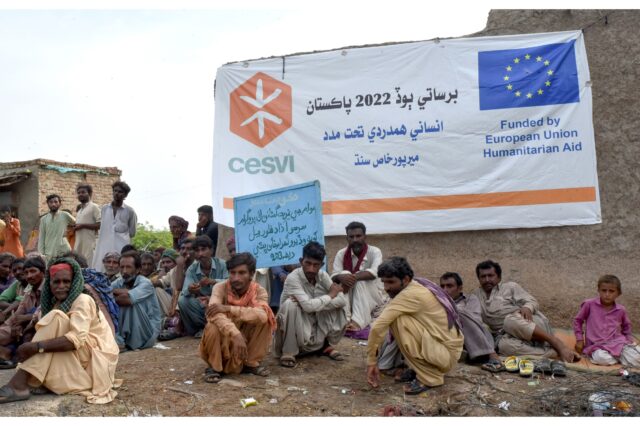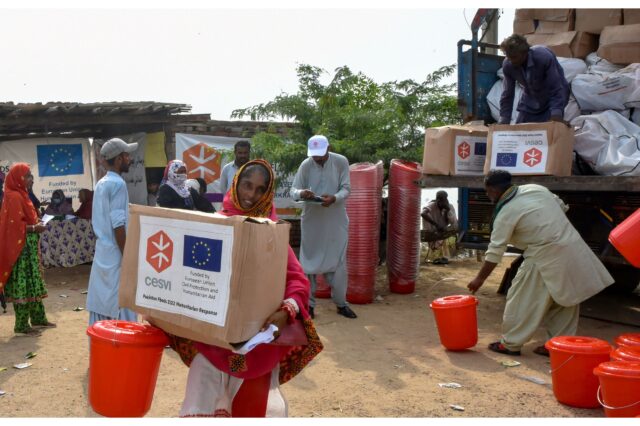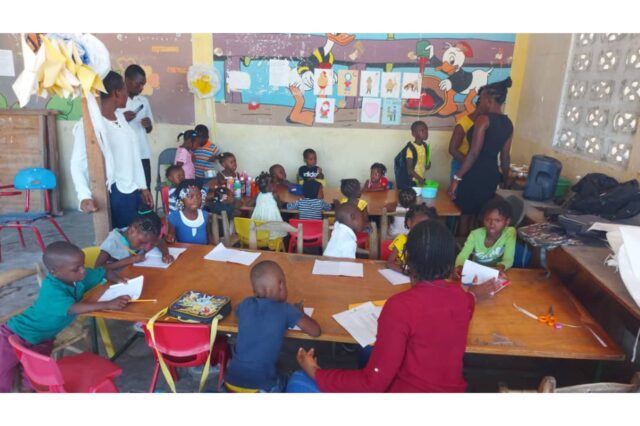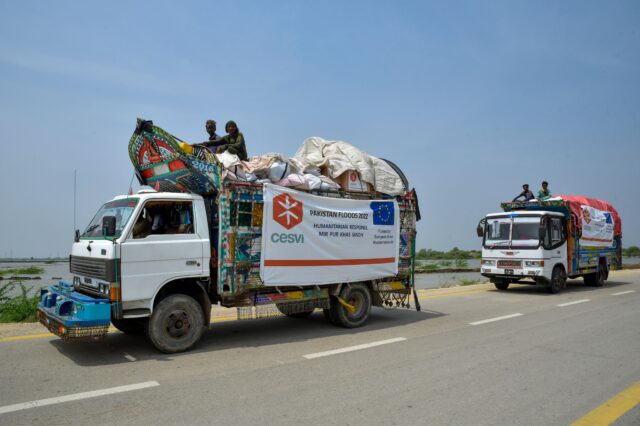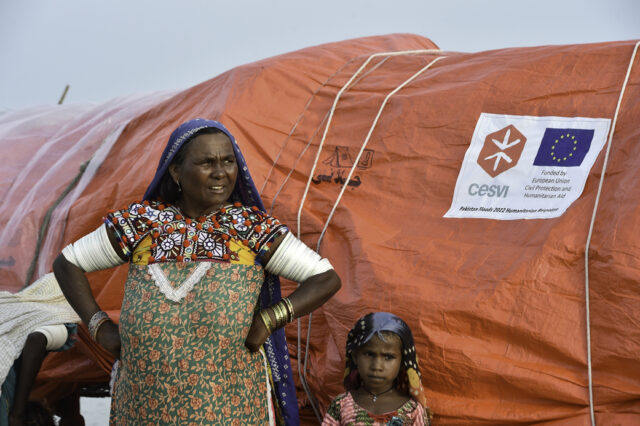Tender Notice for the provision of Face to Face fundraising services 2023.
CESVI is an international NGO operating in the field of international cooperation and humanitarian aid, with registered office in Italy, via Broseta 68/a, 24128 Bergamo. As part of its activities, CESVI needs to equip itself with a Face to face fundraising agency, in view of the acquisition of regular donors for the year 2023.
CESVI invites interested companies to submit an estimate for this announcement
Unexpected events causing material and human losses: natural disasters (earthquakes, floods, etc.), wars, epidemics, famines.
Updates from Somalia: severe famine threatens women and children
CESVI has been intervening in Somalia since 2006, with the aim of contributing to the improvement of the living conditions of the populations affected by the humanitarian crisis and environmental shocks, in the regions of Lower Shabelle, Mudug, Galgadug and Hiraan and improving access to health services and nutritional essentials, promote knowledge of hygiene practices, as well as promote food security for populations affected by the crisis.
ContinueCESVI still on the front line to support Pakistan, devastated by the climate crisis
We at CESVI have been present in Pakistan since 2005, reaching more than 2.5 million beneficiaries. We have been operating in Sindh for years, where we help local communities and authorities to improve their disaster response capabilities with training activities aimed at improving crisis response capabilities. We have also arranged for the creation of river water monitoring systems that make it possible to control the level of watercourses and to prepare for the impact of floods, once the alert threshold has been reached.
ContinueCESVI presents the Global Hunger Index 2022 and the exhibition THE LAST DROP
On Friday 4 November at 11 am, at the Civic Aquarium of Milan, the CESVI Foundation presents the Global Hunger Index 2022 – Global Hunger Index (GHI 2022) entitled Transformation of food systems and local governance.
This will, in fact, be the theme of the seventeenth edition of the GHI, one of the main international reports to measure world hunger, which in 2022 investigates governance and local food systems as active agents in the fight against food insecurity.
Panettone: a corporate gift that symbolizes Christmas
Panettone is a company gift that is always very popular for Christmas. One sweet, a symbol of the Italian culinary tradition.
Legend has it that, on Christmas Eve, the court of Ludovico il Moro was intent on celebrating with a rich dinner.
The head cook asked the young scullery boy Toni to check the baking of the cake in the oven, but a brief distraction from Toni was enough for the cake to no longer be served.
Climate emergency in Pakistan: ever-increasing numbers and an escalating humanitarian crisis
In Pakistan, over 7 million children and women need immediate access to nutritional and health services and some 5.5 million people lack access to safe drinking water. In the fragile segment of the population, 4 million children do not have access to health services (OCHA, 2022).
In flood-affected areas of Sindh and Balochistan, outbreaks of waterborne diseases continue to increase, particularly due to the unavailability of health facilities and the disastrous consequences of standing water.
Rising violence, poverty and cholera epidemic: Haiti in the grip of a “humanitarian catastrophe”
In Haiti, following the catastrophic earthquake of August 2021 and due to the now endemic poverty, problems of crime on the streets and lack of access to basic services that generate poverty and hunger alternate.
The situation is even more catastrophic in the suburb of Citè Soleil, where the slum of Wharf Jérémie is located and where hunger is at dramatic levels, in a country at the “breaking point”.
Pakistan, the consequences of the flood also affect food security
In Pakistan, the number of people affected by the floods continues to remain dramatic: 33 million, of which 7.9 million are internally displaced.
Even if the rainy season is drawing to a close, in the southern provinces the situation is still critical and there is indeed an increase in the water level in the flooded areas.
In Pakistan we are still in a state of emergency
In Pakistan, about 7.6 million people, almost half of whom are children, are displaced, are still in a state of emergency and are in need of help (OCHA, 2022). At least 23,900 schools have been damaged or destroyed by floods across the country, most of them in Sindh. Of those remaining, 5,500 are used as rescue camps.
Continue
